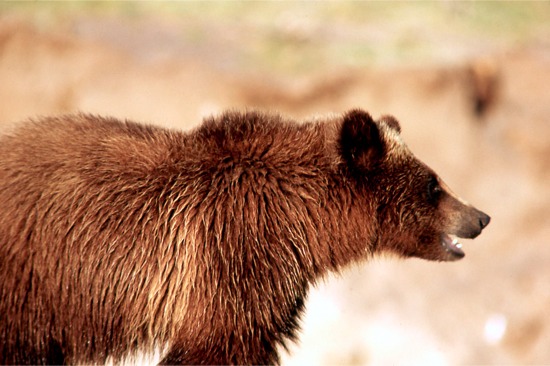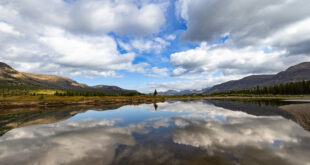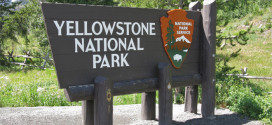Some potentially good news for Yellowstone grizzly bears: a new study suggests they have long-term viability in the region.
The study, published in Molecular Ecology, analyzed 729 bears and found more bears are passing their genes on to offspring. This number, called the effective population, has risen from 100 to around 450 since the 1980s. In addition, genetic diversity was found to be stable.
Given the larger effective population and stable genetic diversity, Yellowstone grizzly bears as a whole have a better chance of adapting and surviving over time, with a larger gene pool to draw from. Pauline Kamath, one of the geneticists who authored the study, called their restoration “a conservation success.” Kamath added the stability of genetic diversity was especially encouraging, given that Yellowstone grizzlies essentially live in an ecological island. From the Bozeman Daily Chronicle:
Grizzly bears only live in a few places around the Northwest, and the Yellowstone population isn’t connected to any of them. Because of that, there’s no way for fresh genes to be injected into the population, meaning genetic diversity will always be decreasing.
“It’s inevitable that an isolated population will lose diversity over time,” Kamath said.
But, Kamath and the other researchers found, because of the large effective population, the decline in genetic diversity has been gradual.
“There’s a very slow decrease,” she said.”But it’s not significant.”
The study comes at an interesting time, as grizzly deaths have been pretty high around the Greater Yellowstone Ecosystem this year. It also coincides with calls to delist Yellowstone grizzly bears, which is reportedly being considered by the U.S. Fish and Wildlife Service. Indeed, grizzly bears have been hailed as a success story for the Endangered Species Act, as their numbers have rebounded since they were listed in 1975.
 Yellowstone Insider Your Complete Guide to America's First National Park
Yellowstone Insider Your Complete Guide to America's First National Park





